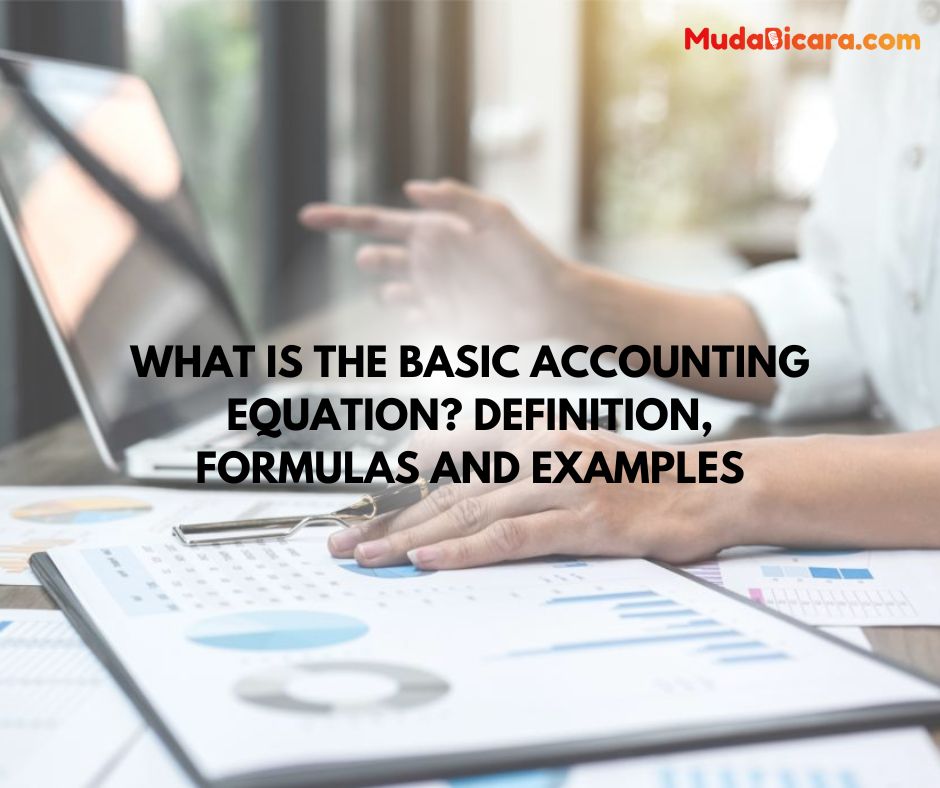Accounting comes from the word accounting, which is the science of calculating and recording transactions related to company finances. Accounting is indeed important as a method of recording company financial transactions so that later there is no misuse of budgeted funds.
Accounting is so important that this subject is used as a subject in high schools, vocational high schools, and even universities. This is because there is a lot of material about accounting that must be studied so that later you can practice your knowledge properly.
One of the important accounting materials to learn is the basic accounting equation. This basic equation can provide a big picture of the company’s assets, debt and capital during a certain accounting period. Apart from that, basic accounting equations are also used to carry out simple company bookkeeping.
Read Also : What is the Difference Between Financial Accounting and Management Accounting?
Understanding the Basic Accounting Equation
The basic accounting equation is a calculation that can later project the wealth, debt and capital owned by the company. As we know, the general principle of accounting that we know is that there is a balance between income and expenditure or a balance between assets/liabilities owned by the company and its obligations.
The existence of a balance between the two parts of course must be analyzed more deeply using the basic accounting equation. Later, the basic accounting equation will be used to assess the company’s ability to manage company finances.
Basic Equalization Principles of Accounting
The Basic Accounting Equation is often also referred to as PDA, and is a basic concept that economists or prospective accountants must be familiar with. All companies must have assets / assets (which are also known as a means of disbursing liabilities), as well as liabilities (expenses that must be paid).
The basic accounting equation principle mathematically connects company assets with debt and capital. The company’s assets or assets are included in the Assets section, while debts and capital are included in the Liabilities section.
Read Also : What is Public Sector Accounting? Definition According to Experts, Purpose, Types
Basic Accounting Equation Formula
The formula for the basic accounting equation or PDA is as follows
Assets (Assets) = Liabilities + Capital (Liabilities)
As we know, the greater the debt on the liability side, the more imbalance it will cause on the asset side. If a transaction occurs that is not transparent or not reported, it will also be seen by calculating the basic accounting equation principles.
In order to create the concept of transparency, it is also important to have auditing, which is better known as the concept of Good Corporate Governance.
Benefits of the Basic Accounting Equation
Of course, the basic accounting equation is not calculated without reason. Of course, there are various benefits that can be obtained by accountants or companies from this basic accounting equation table.
The following are various benefits that can be obtained from the basic accounting equation table:
Can be used as a source of notes
This source of records can later simplify the process of recording financial transactions. The basic accounting equation contains basic information related to financial transactions entering and leaving the company’s accounts, making it easier to prepare financial reports.
Reference in Balance Checking
As a means of checking the amount of balance entering or leaving the company account. In contrast to financial reports which provide detailed reports, the basic accounting equation provides financial transactions in outline.
Read Also : What is Financial Accounting According to Experts? Definition, Function, & Types
Tools for correcting balance accuracy
The next benefit is as a means of correcting the accuracy between balances on the asset side and the liability side. Calculating the balances on both sides of the basic accounting equation table will leave a balanced figure if all transactions have been reported as well as possible.
In the book entitled Accounting for Assets = Debt + Capital written by Hery, SE, CRP, RSA., CFRM., it discusses the various accounting cycles that occur in a company starting from the recording process, the adjustment process, to the completion of the accounting cycle itself. .

